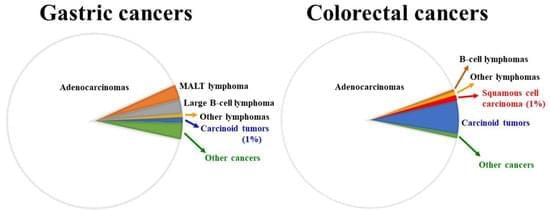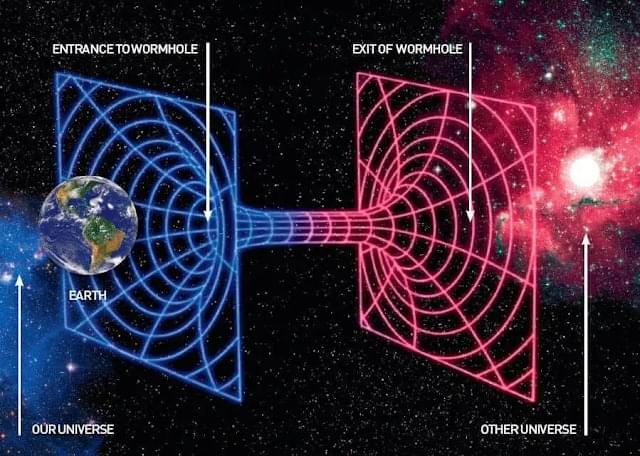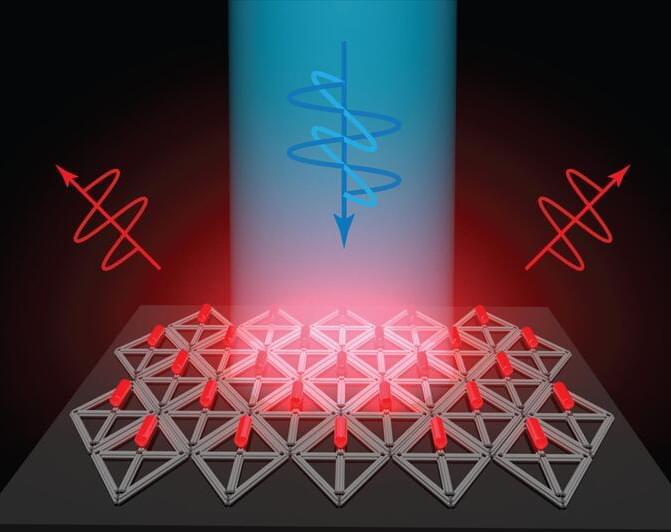In cancer development and its clinical course, bacteria can be involved in etiology and secondary infection. Regarding etiology, various epidemiological studies have revealed that Helicobacter pylori can directly impact gastric carcinogenesis. The Helicobacter pylori-associated virulence factor cytotoxin-associated gene A perhaps plays an important role through different mechanisms such as aberrant DNA methylation, activation of nuclear factor kappa B, and modulation of the Wnt/β-catenin signaling pathway. Many other bacteria, including Salmonella and Pseudomonas, can also affect Wnt/β-catenin signaling. Although Helicobacter pylori is involved in both gastric adenocarcinoma and mucosa-associated lymphoid tissue lymphoma, its role in the latter disease is more complicated.
Russia successfully launched its inaugural moon-landing spacecraft on Friday in 47 years. The mission aims to achieve the distinction of being the first country to achieve a gentle landing on the lunar south pole, an area thought to contain valuable reservoirs of water ice.
As per a report by Reuters, Russia’s recent lunar mission, it’s inaugural one since 1976, is in a competitive race with India, which sent its Chandrayaan-3 lunar lander to space last month.
Moreover, it’s part of a larger competition involving the United States and China, both of whom have well-developed lunar exploration initiatives that focus on the southern region of the Moon.
WE all know we should be eating more healthily.
Improving your diet lowers your risk of several diseases, boosts immunity and supports brain development.
And now, new research has found incorporating a certain five foods into your meals could help you live longer — and they all happen to be plant based.
Practical applications for quantum entanglement have already been proposed, as entangled particles have been suggest for use in powerful quantum computers and “impossible” to crack networks. Now, it seems quantum entanglement may be linked to wormholes.
Entangled wormholes.
The United States is experiencing its worst measles outbreak since 1992. While the spread of measles can be prevented with the MMR vaccine, misinformation about vaccines has gained traction in recent years.
How do vaccines help protect communities and public health overall? Dr. Peter Hotez, dean for the National School of Tropical Medicine at Baylor College of Medicine, discusses what you should know about vaccines on the Body of Work podcast.
Listen to “Outbreak” on your preferred platform.
Exploration of Balamku (Cave of the Jaguar God) reveals ancient religious practices—and may hold clues to the rise and fall of the Maya empire.
Webb’s NIRCam (Near-Infrared Camera) instrument reveals the star, nicknamed Earendel, to be a massive B-type star more than twice as hot as our sun, and about a million times more luminous. (Image: NASA, ESA, CSA, D. Coe (STScI/AURA for ESA; Johns Hopkins University), B. Welch (NASA’s Goddard Space Flight Center; University of Maryland, College Park). Image processing: Z. Levay.)
The star in the very distant universe, and a billion years after the big bang, was captured by the observatory’s Near-InfraRed Camera instrument.
Flat screen TVs that incorporate quantum dots are now commercially available, but it has been more difficult to create arrays of their elongated cousins, quantum rods, for commercial devices. Quantum rods can control both the polarization and color of light, to generate 3D images for virtual reality devices.
Using scaffolds made of folded DNA, MIT engineers have come up with a new way to precisely assemble arrays of quantum rods. By depositing quantum rods onto a DNA scaffold in a highly controlled way, the researchers can regulate their orientation, which is a key factor in determining the polarization of light emitted by the array. This makes it easier to add depth and dimensionality to a virtual scene.
“One of the challenges with quantum rods is: How do you align them all at the nanoscale so they’re all pointing in the same direction?” says Mark Bathe, an MIT professor of biological engineering and the senior author of the new study. “When they’re all pointing in the same direction on a 2D surface, then they all have the same properties of how they interact with light and control its polarization.”
Researchers looking into the health benefits of utilizing gut bacteria say they have bioengineered a probiotic that may be useful as a treatment for multiple sclerosis.
A microchip implant into the brain of a paralyzed man managed to restore sensation and movement in his hand and arm in a historic trial.









